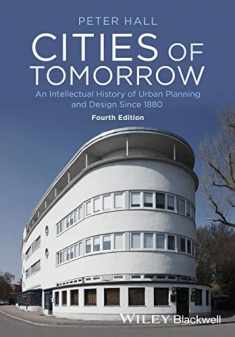
Who Really Rules?: New Haven and Community Power Re-examined
Book details
Summary
Description
Robert A. Dahl’s Who Governs? is a classic pluralist study which has had an important influence on American social science since the early sixties. Who Really Rules? provides a categorical challenge—empirical, methodological, and theoretical—to Dahl’s work. Empirically, Domhoff’s restudy of New Haven shows through newly discovered documents that Dahl was wrong about the pluralism of New Haven’s power structure. He also presents the most systematic statement of power structure methodology yet made, a statement that contradicts Dahl’s methodological claims which have been the prevailing wisdom in American social science for over fifteen years. Finally, Domhoff outlines the national policy planning network through which the big business ruling class dominates urban government.
Who Really Rules? is unique in that it makes possible for the first time a dialogue between pluralist and ruling-class views on the basis of studies of the same city by leading exponents of the rival theoretical positions. It is original in that it includes much data not revealed by Dahl. It presents the methodology of power structure research in the most comprehensive fashion yet attempted, and reveals a ruling-class network for urban policy planning that has never before been fully articulated.


We would LOVE it if you could help us and other readers by reviewing the book
Book review




